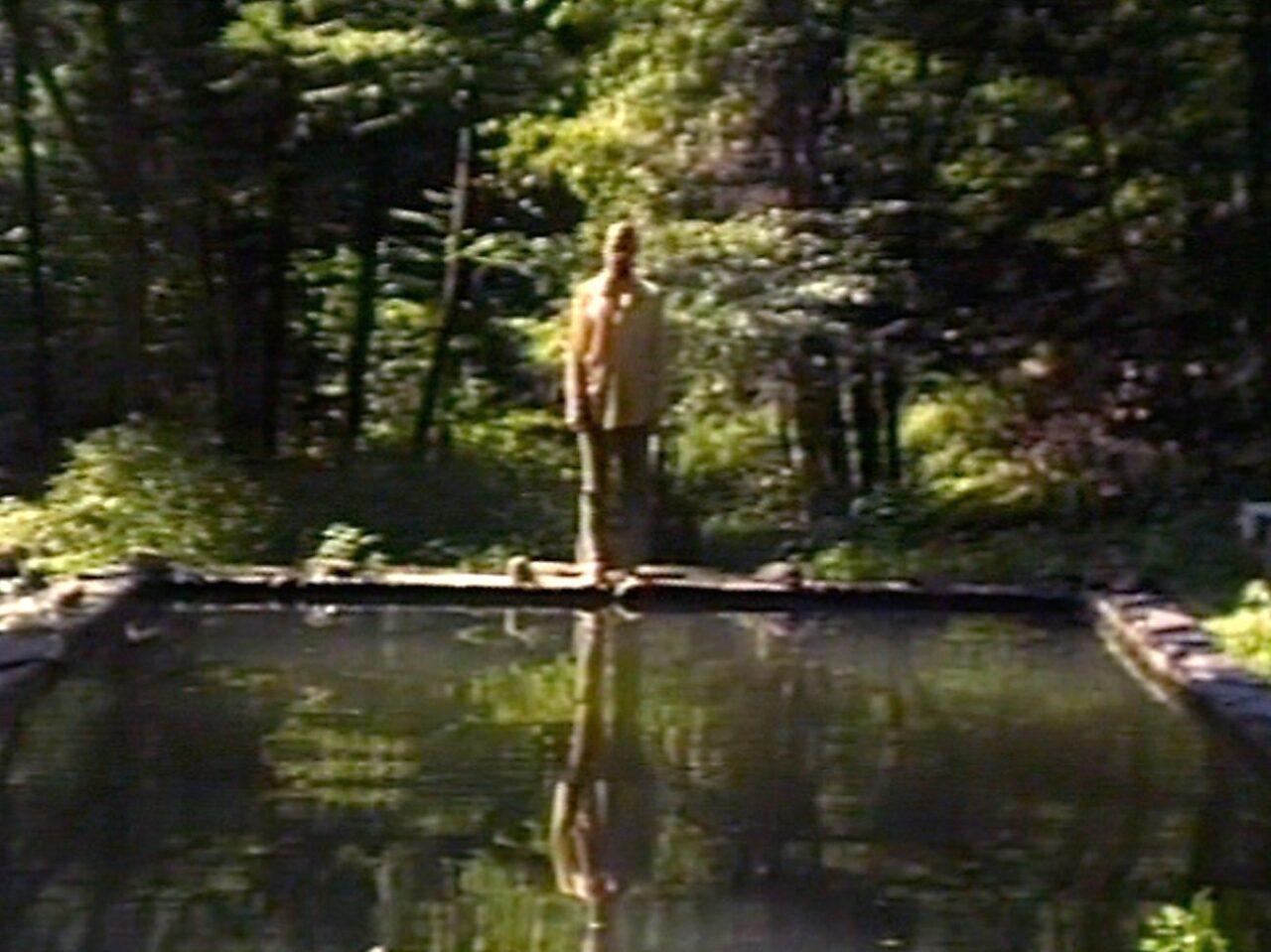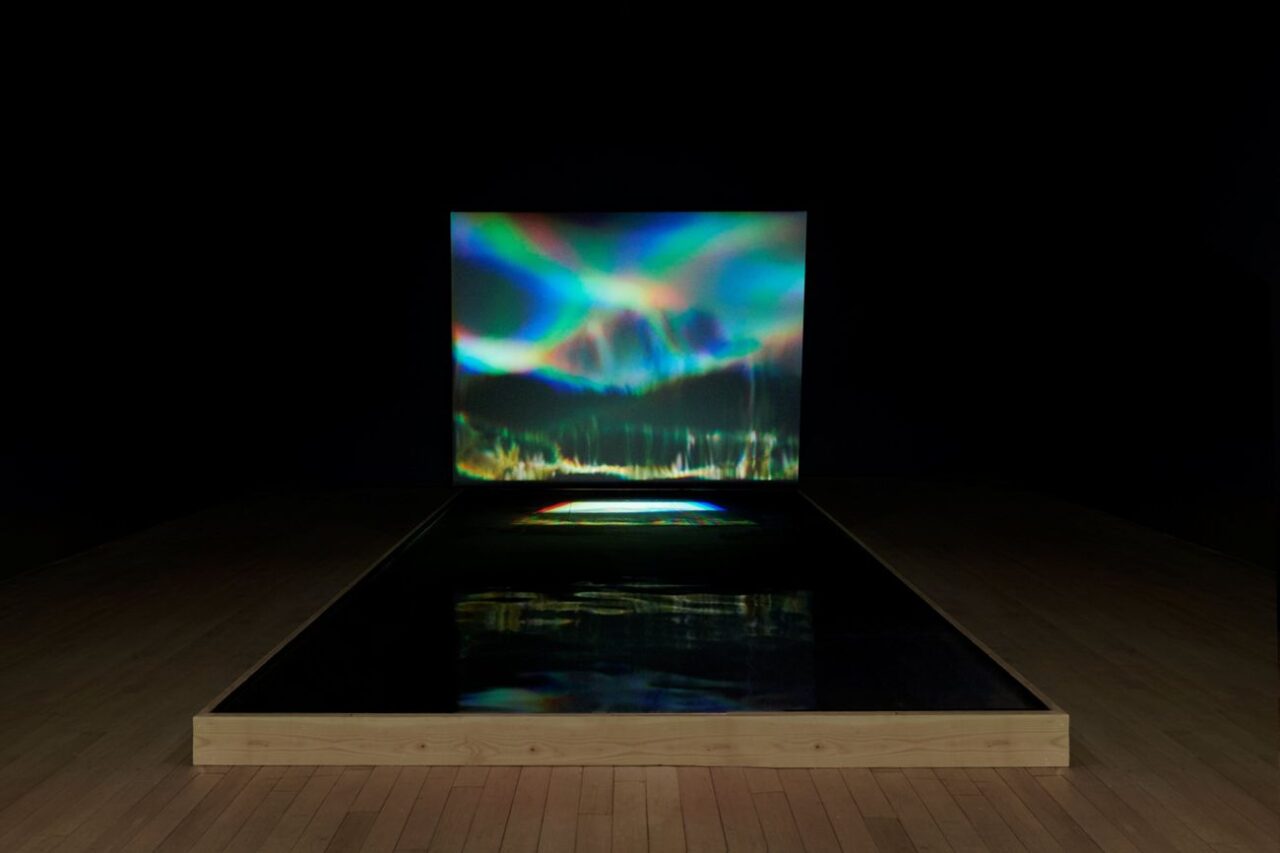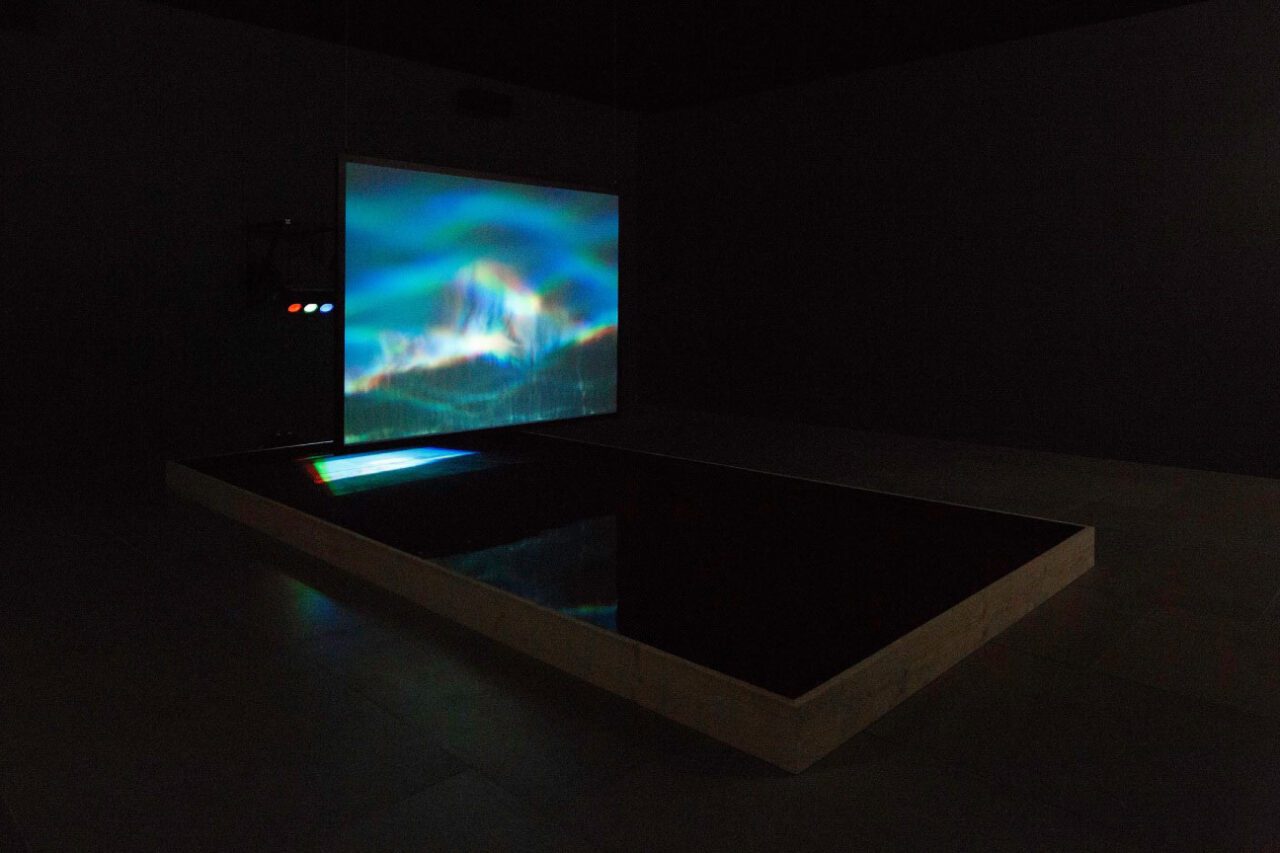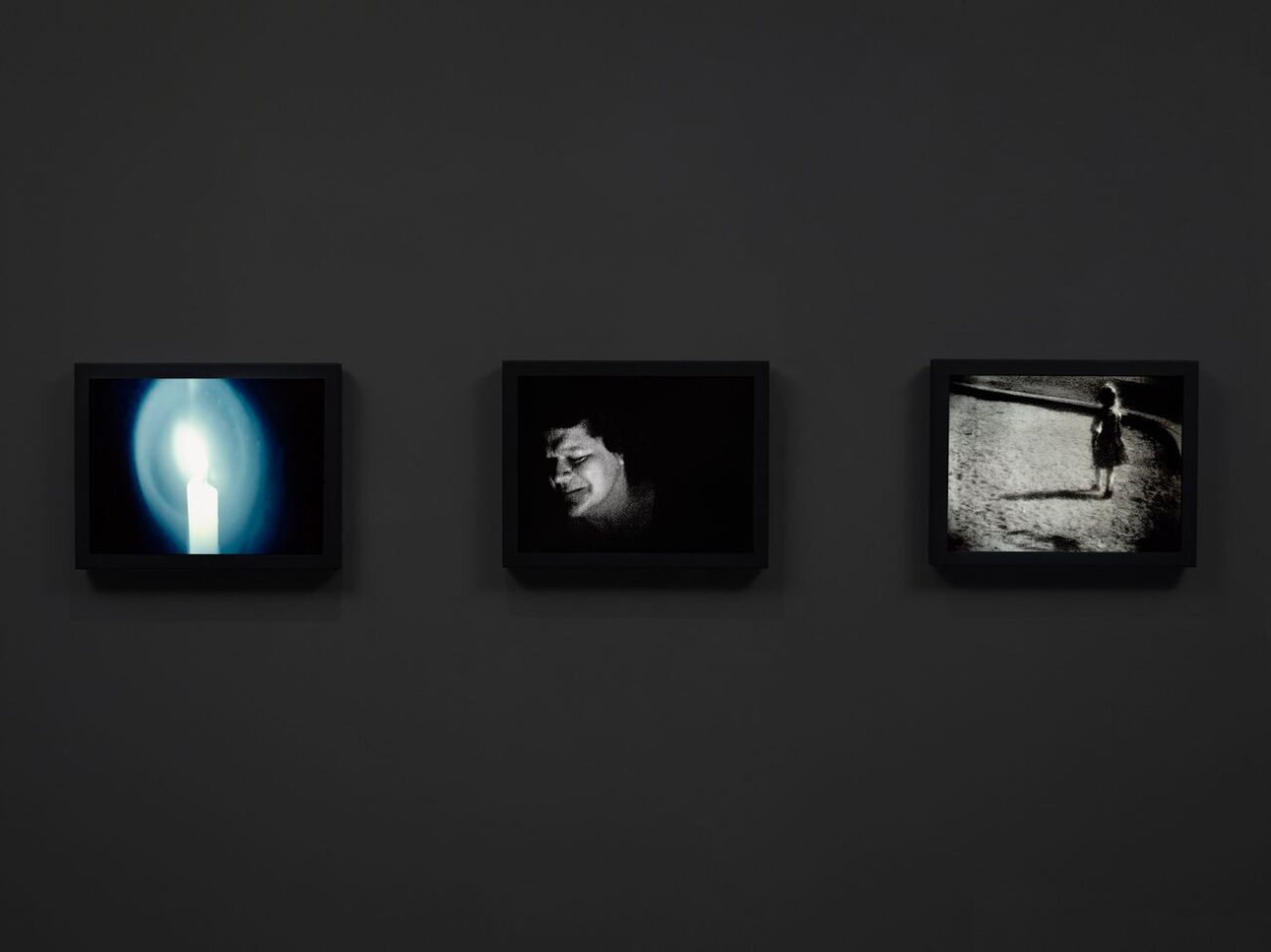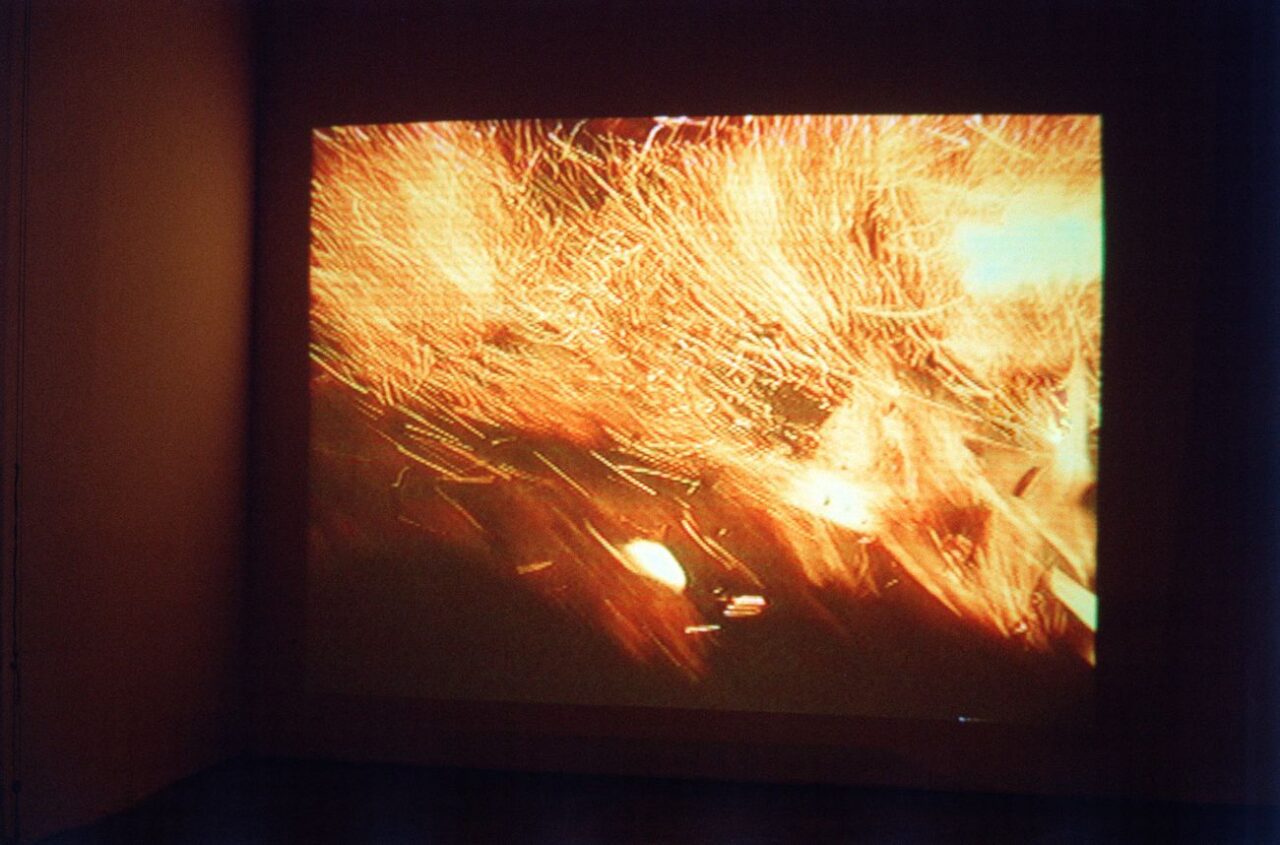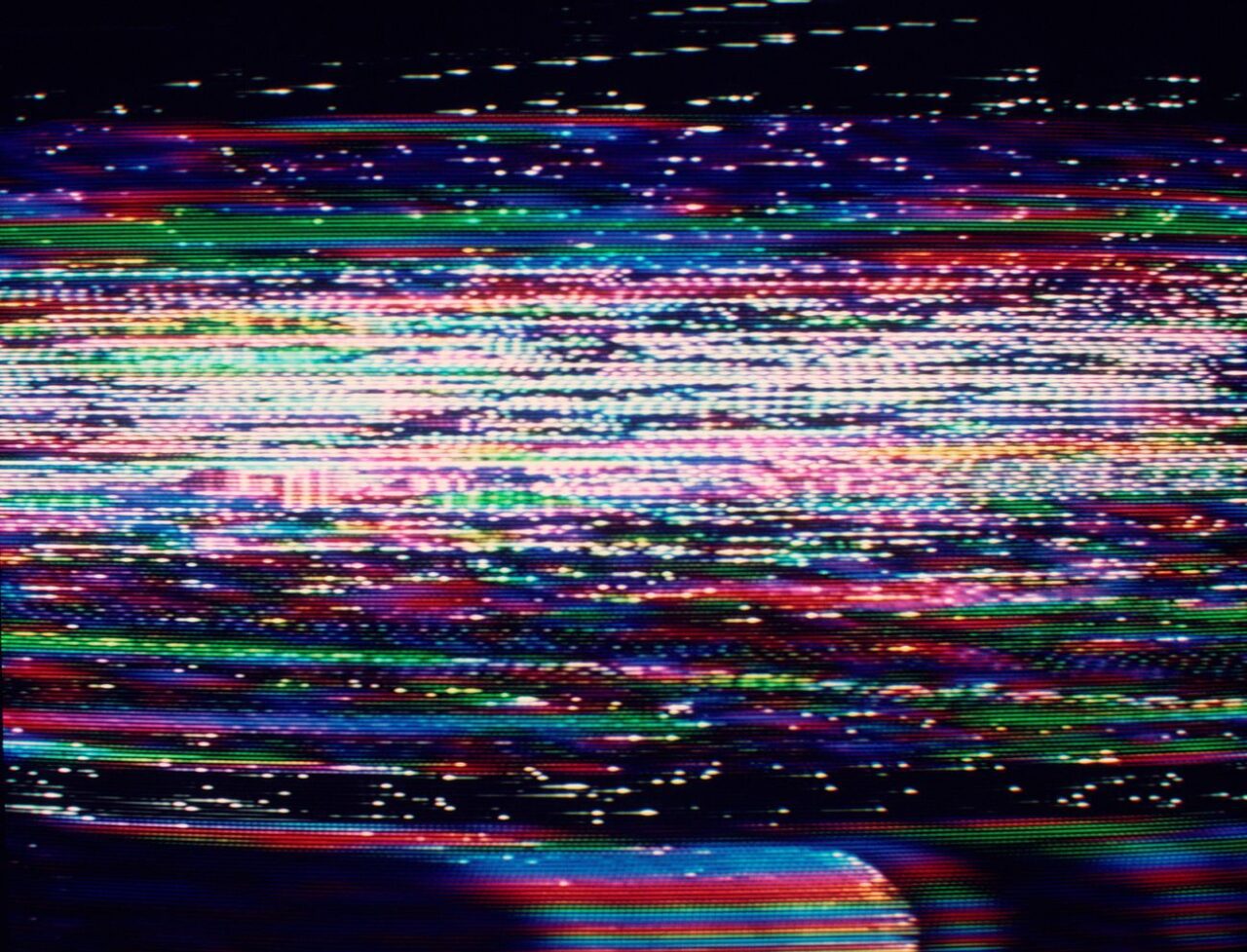ART CITIES: Seoul-Bill Viola
 Bill Viola is a pioneer in the fields of new media, video, and installation art. For over 50 years his visionary environments, defined by immersive video and soundscapes, focused on the fundamental human experiences of birth, death, and the unfolding of consciousness. By slowing down the images, Viola shifted viewers’ sense of perception and awareness to reveal the inner world.
Bill Viola is a pioneer in the fields of new media, video, and installation art. For over 50 years his visionary environments, defined by immersive video and soundscapes, focused on the fundamental human experiences of birth, death, and the unfolding of consciousness. By slowing down the images, Viola shifted viewers’ sense of perception and awareness to reveal the inner world.
By Dimitris Lempesis
Photo: Kukje Gallery Archive
Coming of age alongside the development of video, Viola experimented with the new technologies to explore the furthest reaches of the expressive possibilities of this new medium. He said, “I gradually realized that the act of perception was in fact a viable form of knowledge in and of itself, and not merely a kind of phenomenon. This meant that when I held the video camera and microphone, I was holding a philosophical system, not just some image and sound gathering tool.” Viola’s discoveries assured that video was to become a vital form of contemporary art. His work has been influential to subsequent generations of artists and viewers. To have been in the presence of one of Viola’s installations was to be forever changed. Marking the first exhibition devoted to Bill Viola in Korea since his passing this past July, the exhibition “Moving Stillness” brings together a wide range of works to celebrate his incredible life and artistic practice. Born in New York in 1951, Bill Viola was a seminal figure in the founding and development of video art. Widely recognised for his powerful installations, Viola used video technology to explore modes of perception, cognition, and the pursuit of self-knowledge. Describing his videos as ‘visual poems, allegories in the language of subjective perception,’ Viola experimented with the optical and technical properties of video as metaphors for evoking universal human experiences—namely, cycles of nature, birth, death, and the flow of consciousness. Characterised by moving imagery grounded in spiritual traditions, including Zen Buddhism, Islamic Sufism, and Christian mysticism, his unique aesthetic embodies a poignant sense of inner vision highlighting his profound humanism. Anchoring the exhibition is “Moving Stillness: Mount Rainier 1979” (1979), this powerful installation depicts the mountain being reflected in a pool of water via a rear projection screen, which causes the image of Mount Rainier to be dependent on the state of the water’s surface. Any small disruption directly impacts the image and therefore, challenges the notion of a solid and immobile mountain. The faltering image of the mountain is stabilised only after time allows for the water to become still. In experiencing the distorted image of the mountain created by Viola, viewers confront a poetic illustration of time and the illusion of stability, while also experiencing a work of tremendous beauty and calm.K1 introduces a collection of Viola’s earliest videotape works on CRT monitors. “Information” (1973) embraces a technical mistake of production into an investigation of the material traits of the electronic medium; “Four Songs” (1976) portrays a collection of visual allegories in which the composition of video images and sounds narrates the psychological and emotional dynamics of the individual in interaction with the environment; and “Ancient of Days” (1979–81), as the artist himself has described, is “a series of canons and fugues for video expressing the nature of the passage of time”. Also, is on show “Poem B (The Guest House)” (2006), a triptych of three flat panel monitors mounted on the wall, through which we share ‘sharp pains of memory and dull ache of hidden stories’ of a woman reflecting on the past and future of her life. “Interval” (1995) is a significant work by the artist produced for his participation in the 46th Venice Biennale, the work is composed of two large projections that stand opposite each other. On one side of the room is an image of a naked man in a shower room slowly washing himself with a cloth. On the opposite side of the room is projected a series of violent images of fire and water intercut with close-ups of body orifices. The images are never present on opposite walls simultaneously. The juxtaposition of the two opposing energies of the peaceful and the violent, or the passive and the aggressive, is gradually bridged as the computer-controlled sequence of images is progressively sped up to a climax of volatile speed before an abrupt blackout on both screens. Finally, “The Reflecting Pool” (1977–9/1997). In this installation, we see the artist himself interacting with a pool of water framing the visual metaphor of water as a medium of spiritual (re)birth. The reflections and disturbances caused on the surface of the water in this work once again provides an alternative perception of time and space, highlighting different layers of the mind and consciousness. “The Sleepers” is a startlingly dark vision of sleeping people suspended under water, unable to make contact with the world outside. Viola describes the work: “Seven 55-gallon metal barrels stand in a darkened room. They are white inside and out and are open at the top. The only light in the room is a soft bluish glow emerging from each barrel and diffused throughout the room. The barrels are filled to the brim with water. At the bottom of each one under the water is a black-and-white video monitor facing straight up, the source of the blue light. Video and power cables for the monitor are visible as they emerge from the floor and enter the water over the top rim of each barrel. On each screen is a close-up of a person’s face while asleep. There is an image of a different person in each barrel, actual recordings of people sleeping presented continuously with little or no editing. Occasionally, the sleepers move or shift position, but they remain asleep, isolated from each other on their individual screens beneath the water.”
Photo: Bill Viola, The Sleepers, 1992, Seven channels of black-and-white video images on seven small monitors, each sumerged on the bottom of a 55-gallon white, metal barrel filled with water; large dark room, Room dimensions: 12 x 20 x 25 ft (3.7 x 6.1 x 7.6 m), Continuously running, Edition 2 of 2, Courtesy Bill Viola & Kukje Gallery
Info: Kukje Gallery, K1, K3, 54 Samcheong-ro, Jongno-gu, Seoul, South Korea, Duration: 3/12/2024-26/1/2026, Days & Hours: Mon-Sat 10:00-18:00, Sun 10:00-17:00, www.kukjegallery.com/
